Forklifts, or forklift trucks, are industrial trucks designed to lift and move loads. Forklifts can increase efficiency, reduce the risk of injury, and enhance storage space. Forklift trucks have an extensive range of lifting capabilities. They can lift and move anything from bulk materials to heavy duty equipment. Read More…
MHS Lift offers material handling equipment solutions, offering lift trucks, aerial equipment, personal carriers, floor cleaning equipment, parts, and integrated solutions. With a commitment to quality and customer satisfaction, MHS Lift delivers reliable, efficient, and innovative equipment designed to enhance productivity and safety in various industrial and commercial applications. MHS Lift...
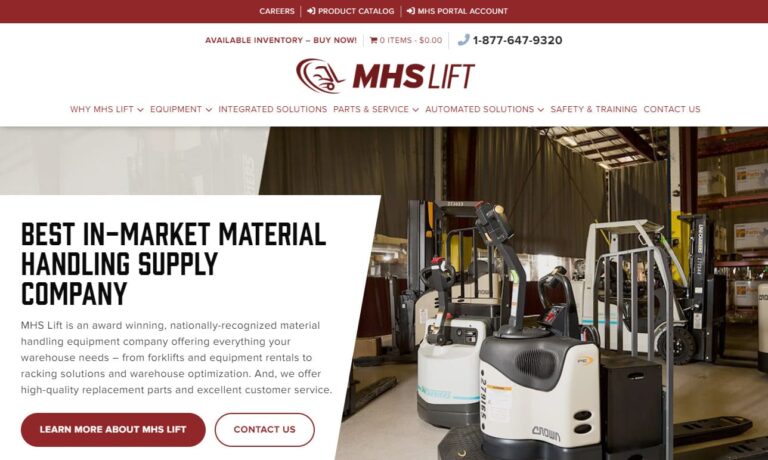
Our goal at Crown Equipment Corporation is to provide you with the very best forklift trucks. These items are extremely reliable and can handle the toughest loads. We are eager to work with your business. We offer competitive pricing for premium quality forklifts.
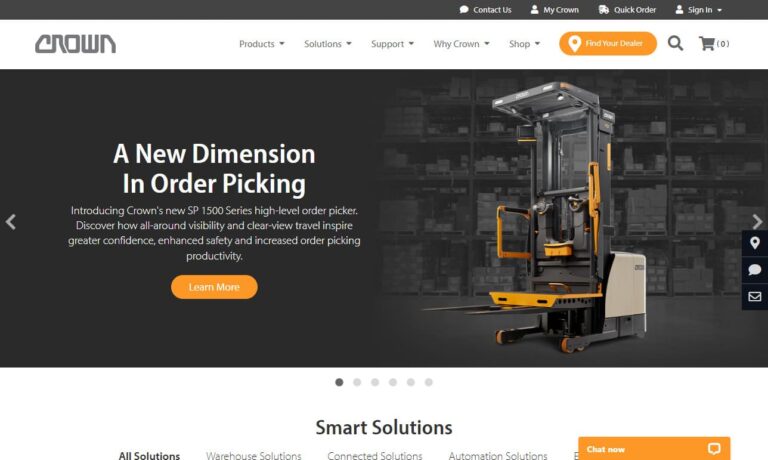
Our solutions are guaranteed to help you save in operation costs. Our systems can easily be integrated with your facility and we strive to match your exact needs. Our engineers manufacture very powerful narrow aisle forklifts. It is our hope to create a long lasting business relationship with you. We engineer and fabricate a wide selection of heavy duty forklift trucks which are available new,...
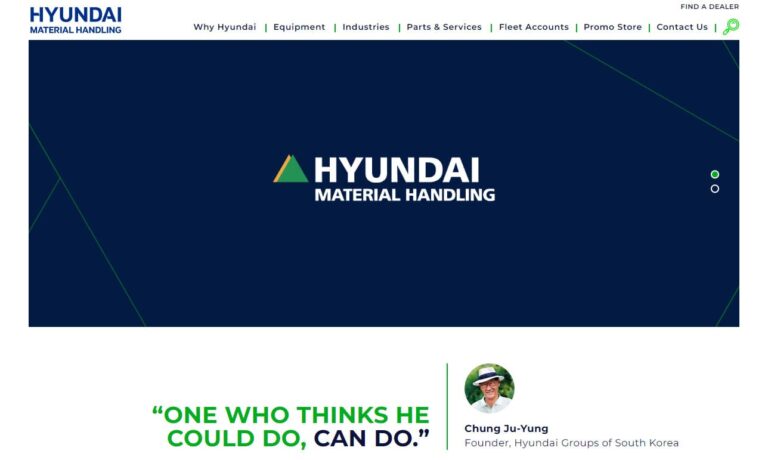
There are a number of innovations emerging in the lift truck industry and we are a front runner of these newer technologies. The operations and advantages of our forklifts are unsurpassed. You can visit our website to receive full readouts regarding the attributes and capabilities of our lift trucks. We are happy to say that we are industry leaders for sales of quality lift trucks! Feel free to...

The forklift products that we are able to offer will not be topped by the competition! It is one of our main goals that we are able to treat each and every customer like number one in order to exceed customer expectation one hundred percent of the time and in hopes of turning first time customers into lifelong connections! Get in touch with our customer service representatives today to learn more ...

More Forklift Manufacturers
Forklift trucks are essential across various industries, including materials handling, shipping, manufacturing, aerospace, automotive, marine, and product handling. They play a crucial role in industrial and commercial warehouses by lifting, moving, and loading heavy pallets used for product storage. Additionally, forklifts are valuable assets on construction sites, loading docks, and in storerooms. Operators maximize storage space by stacking loaded pallets as high as the forklifts can reach.
History of Forklift Trucks
Before the advent of forklifts, Blaise Pascal discovered hydraulic power, laying the foundation for their functionality. Pascal’s work in 1647-1648 revealed that pressure applied to a confined liquid spreads throughout it and exits through an outlet with the same pressure. This principle, known as Pascal’s Law, underpins all hydraulic systems. The first forklifts, developed by American companies during World War I, utilized hydraulic power to aid in lifting tasks, compensating for the labor shortage caused by the war.
Clark was the first company to sell forklifts, initially calling them “Trucktractors” as they combined features of tractors and trucks. Yale & Towne pioneered the modification to lift loads above truck height in 1923. Post-World War I, forklifts became popular for handling standardized pallets. During World War II, large-scale production of forklifts enabled efficient shipping of materials and weapons for military purposes.
Post-World War II, engineers made significant advancements in forklift design. These improvements encompassed the introduction of safety cages for operators, the incorporation of battery power, enhanced lifting capacities, and improved maneuverability in confined spaces. From the 1960s to the 1980s, features like counterbalances and electronic controls were added. With the rapid progress of CNC technology and automation, forklift capabilities have continued to evolve. The market for forklifts remains competitive, with electric models increasingly favored due to stricter emissions regulations.
How Forklifts Works
In the majority of forklifts, the lifting mechanism derives its power from a hydraulic system, enabling the equipment to handle substantial weights with ease. While some forklifts employ electric actuator-controlled lifts, these models are less common. Both hydraulic and electric forklifts operate using one of three control styles: manual, motorized, or automated. Each control style offers distinct advantages, tailored to various operational needs and preferences.
Manual forklifts require direct human operation, with an individual working from behind to maneuver and transport loads. These forklifts rely entirely on manual effort, making them ideal for smaller tasks where precision and control are paramount.
Motorized forklifts, on the other hand, are driven by operators who either sit or stand while navigating the vehicle. These forklifts are particularly suited for transporting loads over longer distances, providing enhanced efficiency and reducing physical strain on workers. Their motorized nature allows for quicker movement and higher capacity handling compared to manual models.
Automated forklifts represent the cutting edge of material handling technology, utilizing computer-designed guidance systems to operate without human intervention. These forklifts are most prevalent in industries such as automotive manufacturing and aerospace, where precision, efficiency, and the ability to operate continuously are critical. Their integration into these sectors highlights the advancements in automation and the push towards more streamlined, reliable processes.
Types of Forklifts
If you are in the market for forklifts, there are numerous options available. Forklift suppliers offer various standard types, including walkie forklifts, sideloaders, platform trucks, straddle trucks, stand-up forklifts, narrow aisle forklifts, order picker trucks, and turret forklifts.
Walkie forklifts are sophisticated, electric-powered machines meticulously crafted to navigate the smooth concrete floors commonly found in indoor environments. These forklifts are equipped with specialized wheels, engineered to glide effortlessly across such surfaces, ensuring both safety and efficiency for operators. Their electric nature not only makes them environmentally friendly but also reduces noise levels, making them ideal for warehouses, factories, and other indoor facilities.
Sideloaders are distinguished by their unique design, featuring a lifting platform that extends from the side of the vehicle. This innovative configuration contrasts sharply with the traditional front-mounted lifting platforms of standard forklifts. The side extension allows sideloaders to handle exceptionally large, long, or cumbersome loads with greater ease and precision. This capability is particularly advantageous in heavy-duty lifting scenarios, where stability and maneuverability are paramount. The design of sideloaders enables them to navigate narrow aisles and tight spaces while still maintaining the ability to lift and transport heavy materials efficiently.
Platform trucks, although not categorized as industrial forklifts, perform similar functions in various applications. These versatile trucks are ideal for transporting pallets across floors or loading them into tractor-trailers. Characterized by a simple flatbed mounted on wheels, platform trucks easily maneuver under pallets. Operators use a handle to steer the truck manually, while a lever mechanism allows for the load to be elevated or lowered slightly off the ground. For particularly heavy loads, manufacturers can incorporate stabilizing bars to bolster the platform’s strength during lifting and lowering.
Straddle trucks are a unique type of forklift recognized by their broader base. This robust design allows them to function effectively in heavy-duty environments, lifting larger loads to greater heights than standard forklifts. The increased stability and lifting capabilities of straddle trucks make them indispensable in rigorous industrial settings.
Stand up forklifts are compact and designed for efficiency, ideal for environments where quick and frequent indoor loading and unloading tasks are required. Unlike traditional forklifts, they do not have a seat for the operator, allowing for faster access and operation. Their small size makes them particularly advantageous in tight spaces, enhancing maneuverability and productivity in constrained areas.
Narrow aisle forklifts are engineered to navigate and operate in confined spaces, making them indispensable in warehouses and facilities with limited room for movement. Their design allows for optimal use of space, facilitating the efficient handling and storage of materials in narrow aisles.
Order picker trucks, also known as reach trucks or warehouse forklifts, are specialized vehicles that enable workers to access products or equipment stored on high shelves. These forklifts are essential for filling orders, providing the necessary reach and precision to retrieve items from elevated locations. This functionality streamlines the order-picking process, enhancing efficiency and accuracy in warehouse operations.
Turret forklifts are designed with the capability to elevate loads to significant heights while providing the added functionality of rotating the load at a 90-degree angle. This unique combination of features makes turret forklifts an invaluable asset in environments where efficient space utilization and precise load handling are paramount. With their ability to maneuver and position loads with precision, turret forklifts enhance operational efficiency and safety in warehouses and distribution centers.
Forklift Classes
The range of forklifts is categorized into seven distinct classes. These classifications are determined primarily by the type of tires and the engine utilized in each forklift. Additionally, although to a lesser extent, these classes take into account the methods of counterbalancing employed. Counterbalancing involves the strategic use of weights to prevent the forklift from tipping over when handling heavy loads.
Class 1 forklifts, also known as electric motor rider trucks, represent a versatile category of material handling equipment designed to meet diverse industrial needs. These forklifts can be either seated or stand-up models, catering to different operator preferences and tasks. Their three-wheel designs enhance maneuverability, making them ideal for a variety of warehouse and factory settings. Typically, Class 1 forklifts are equipped with counterbalancing features, such as pneumatic wheels or cushioning, which provide superior stability and smooth operation, ensuring safe and efficient handling of loads.
Class 2 forklifts are specialized machines crafted for narrow aisle applications, where space is at a premium. These electric motor forklifts are engineered to navigate tight spaces with ease, allowing operators to efficiently move materials in confined areas like narrow aisles and compact storage facilities. To enhance their functionality, Class 2 forklifts often come with advanced features such as swing masts or extra reach capabilities, which enable operators to access hard-to-reach areas and handle materials with precision and agility.
Class 3 forklifts, commonly referred to as electric hand riders, offer a unique operational approach that combines flexibility and ease of use. These forklifts are designed for tasks where operators can either walk behind or stand on the equipment, providing adaptability in various material handling scenarios. High lift forklifts and pallet lift trucks (pallet trucks) are prime examples of Class 3 forklifts, known for their ability to streamline the process of lifting and transporting pallets. Their ergonomic design and user-friendly controls make them essential tools for optimizing productivity in warehouses, distribution centers, and retail environments.
Class 4 forklifts are distinguished by their internal combustion engines and cushion tires, commonly known as cushion tire forklifts. These forklifts typically come equipped with seated controls and cabs, providing a comfortable and efficient operating environment.
Class 5 forklifts share many similarities with Class 4 forklifts, including internal combustion engines, seated controls, and cabs. However, Class 5 forklifts generally feature pneumatic tires and counterbalancing capabilities, making them suitable for different operational requirements and enhancing their stability and performance.
Class 6 forklifts encompass a range of tractors powered by either internal combustion engines or electric engines. This versatility allows them to be utilized in various settings, depending on the specific power needs and environmental considerations.
Class 7 forklifts are specifically designed to operate in rough terrains, such as construction areas. Known as rough terrain forklifts, they are built to handle the challenges of uneven and difficult surfaces, ensuring reliable performance in demanding environments.
Components of Forklifts
Forklift trucks are equipped with several key components: wheels, a fork or lift platform, a lift mechanism, operator controls, and an engine. The wheels, which can be fitted with outriggers for added stabilization, range from solid rubber to pneumatic types, providing varying levels of durability and traction. The forks or platforms serve as the loading area where operators place and transport material loads. These forks can be adjusted to different widths to accommodate various load sizes, with most pallets designed to fit standard fork dimensions.
The lift mechanisms, powered by hydraulic hoses, enable the forks to raise and lower. These mechanisms are integral to the forklift’s operation, allowing for efficient material handling. Operator controls are situated either next to the driver’s seat or in a designated standing area. These controls facilitate the precise raising and lowering of loads, ensuring they can be moved and positioned accurately. The operator always maintains a position behind the forks, providing a clear line of sight to the pallet being lifted.
Forklift engines are powered by either internal combustion (gas-powered) engines or electric motors, providing versatile options to meet various operational needs. To enhance maneuverability, many forklifts are equipped with tilting or rotating frames and wheels, allowing for precise movement in confined spaces. Safety is paramount in forklift design, with an array of features and attachments engineered to safeguard both the operators and those in the vicinity. These safety measures include sirens, horns, flashing lights, headlights, signal lights, seat belts, and guard rails, all working together to ensure a secure working environment.
How to Safely Use Forklifts
Forklifts are invaluable tools in various industrial settings; however, when misused, they can quickly become hazardous. Therefore, it is crucial to educate both yourself and your employees on forklift safety protocols to ensure a secure working environment. Before operating a forklift, a thorough inspection for any damage or wear is essential. Examine critical components such as tires, connectors, hoses, and hydraulic tubing for signs of deterioration. Additionally, verify that the forklift has sufficient fluid levels to operate efficiently.
After completing the inspection and confirming that all components are in good condition, it is safe to board the forklift. Use the designated handlebars to carefully pull or slide yourself into the seat, avoiding any sudden movements like jumping, which could lead to accidents. With the engine now started, refrain from operating the forklift immediately. Conduct a comprehensive check of all controls, including headlights, alarm systems, warning lights, and levers, to ensure they are functioning correctly.
Before moving the forklift, survey your surroundings. Ensure mirrors are properly positioned, and check that no personnel or large objects are in your blind spots. Inform any nearby workers of your intention to operate the forklift and wait until the area is completely clear. To commence operation, employ a spotter, follow color-coded paths, or use physical barriers to guide your movements. Always drive at a slow pace and navigate turns with caution, especially when carrying loads. This approach minimizes risks and promotes a safe working environment.
We recommend adhering to the following additional safety guidelines:
- • Avoid turning with a raised fork or platform.
• Operate the forklift only within designated areas.
• Do not turn on inclines.
• Use gradual braking techniques instead of sudden stops.
• Check behind you before reversing.
• Do not handle loads exceeding the forklift’s maximum lift capacity.
• Ensure loads are centered and evenly distributed on the fork.
• Be mindful of ceiling height when raising loads.
For the most comprehensive safety recommendations, consult OSHA.
Things to Consider
To find a forklift that meets your needs, partner with a reliable forklift manufacturer. If you have budget constraints, consider a company that sells refurbished used forklifts, ensuring they are up to code and in near-new condition. Even without strict budget limitations, used forklifts can be a valuable option.
We have compiled a list of trusted forklift suppliers who offer high-quality products and excellent customer service. These suppliers also typically provide forklift repair and maintenance services to extend the lifespan of the equipment. To choose the right company for you, review their profiles in the middle of this page. Select a few potential manufacturers, then contact their representatives to discuss your requirements. Afterward, compare their services, prices, and products to make an informed decision.

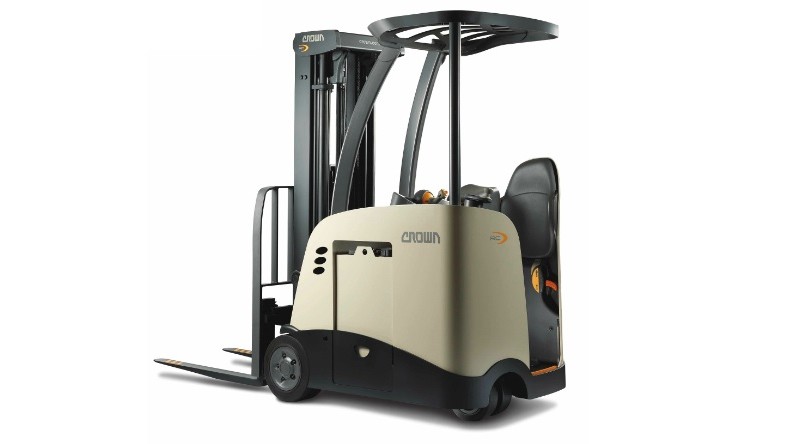
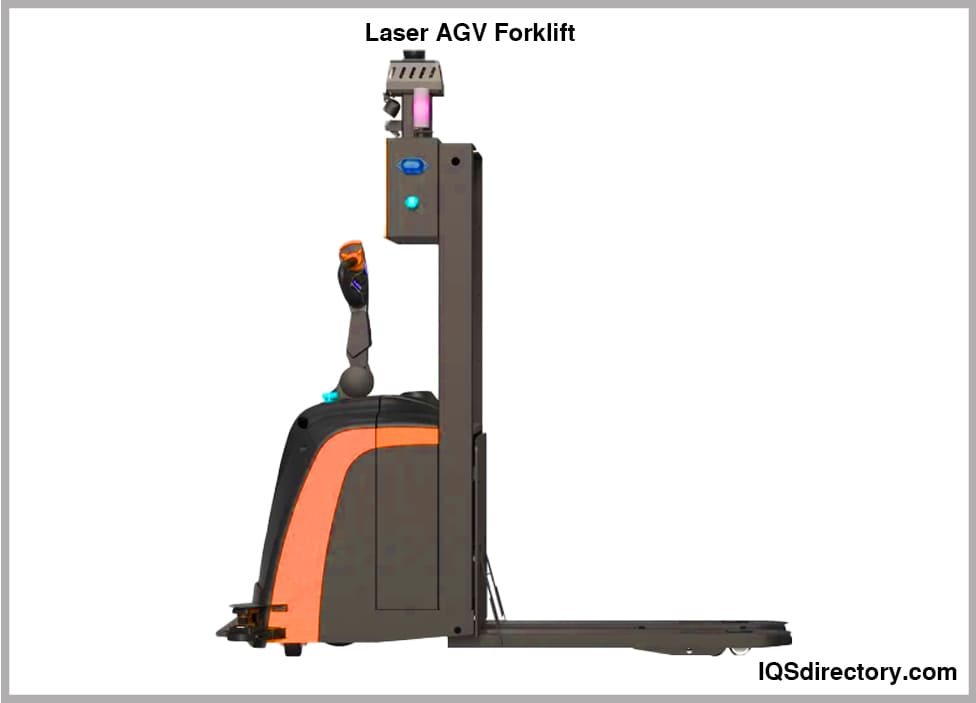
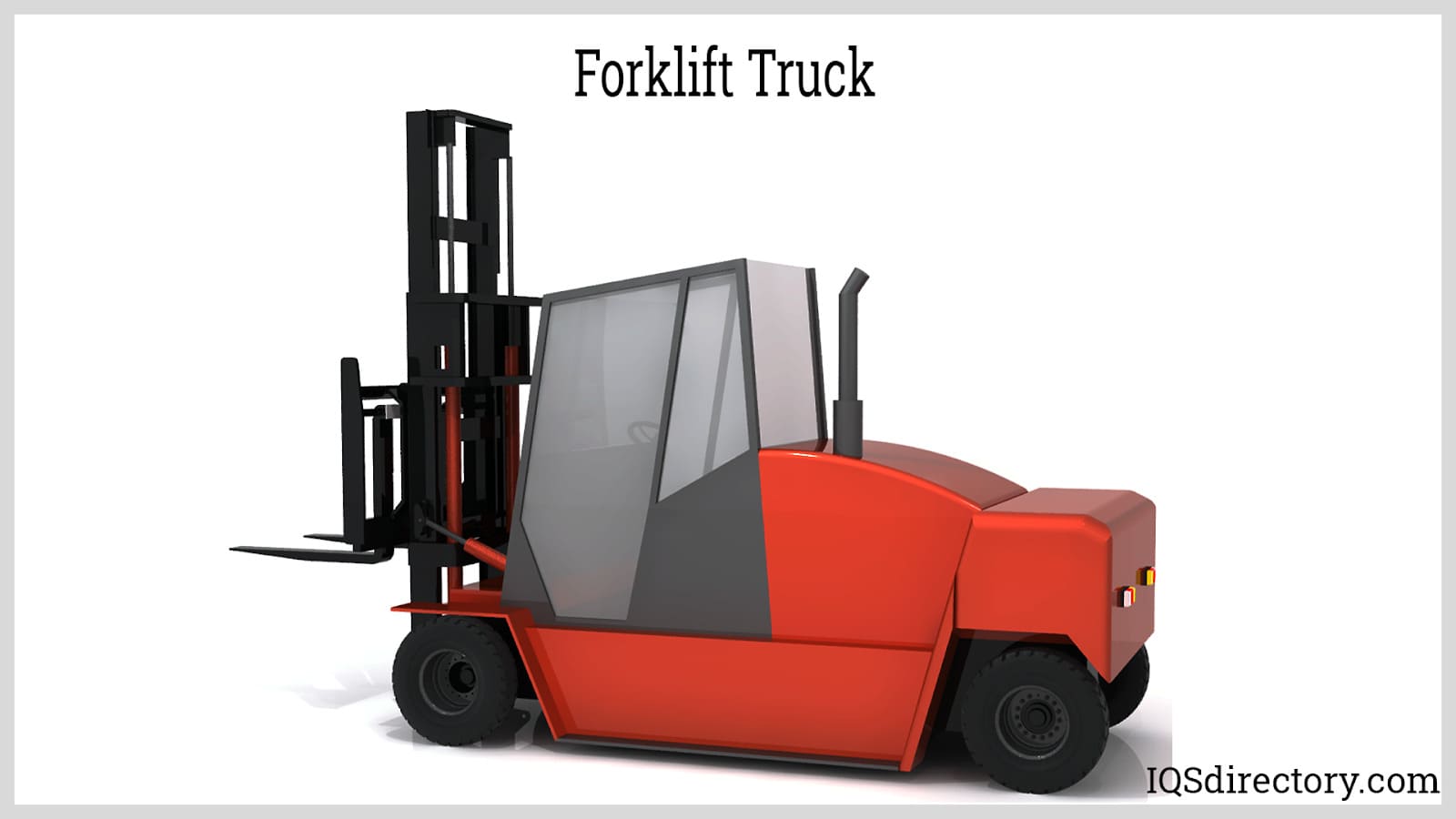
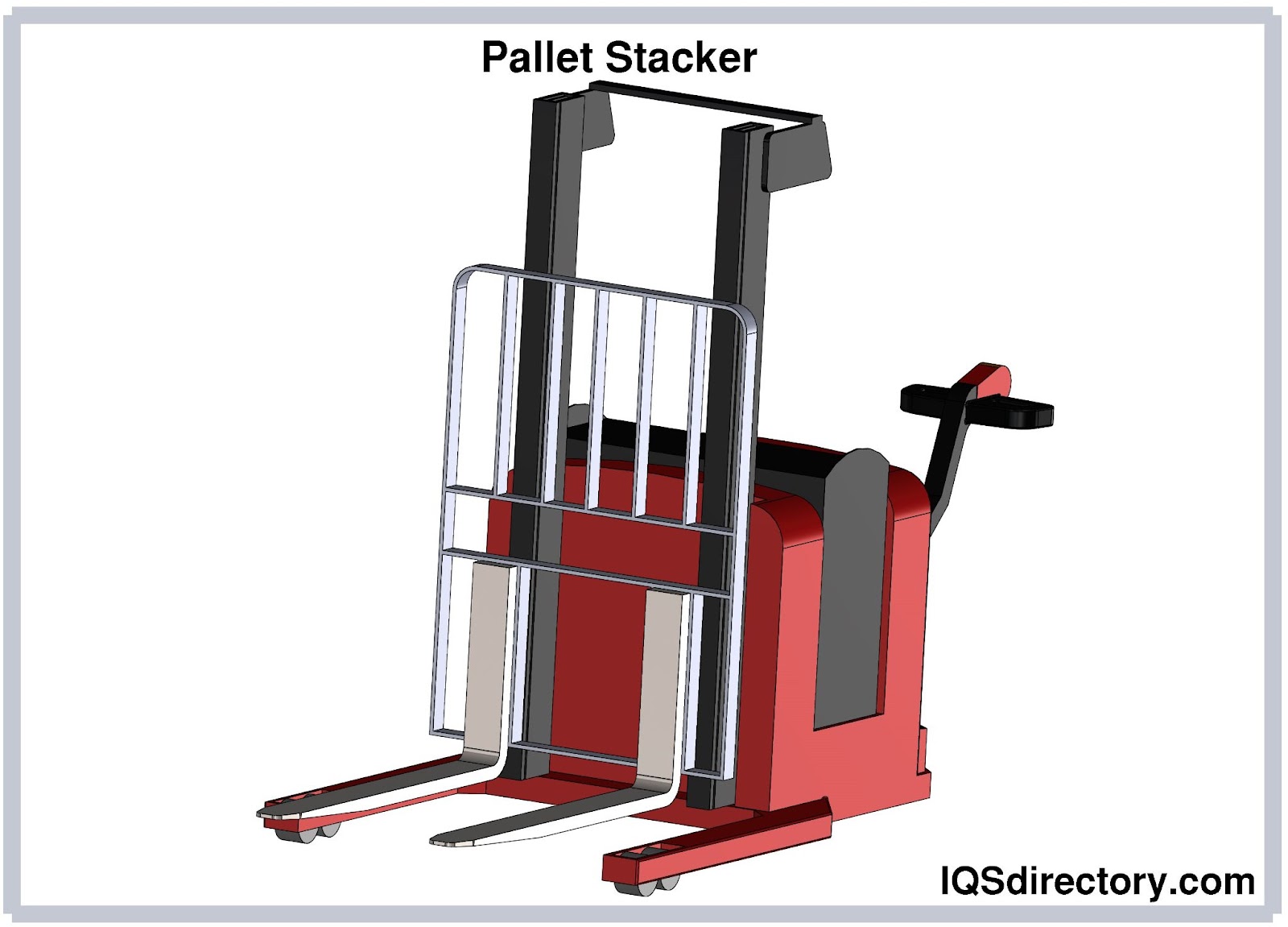

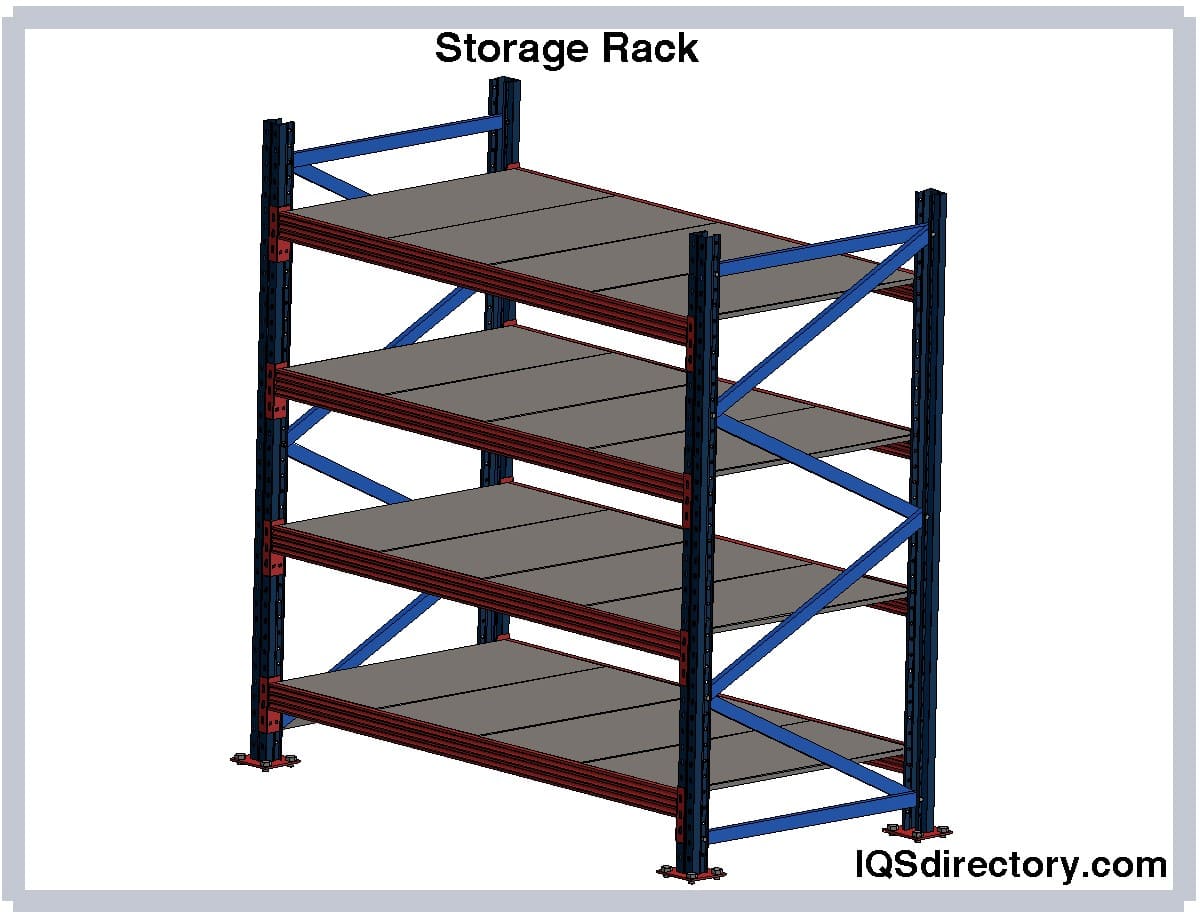
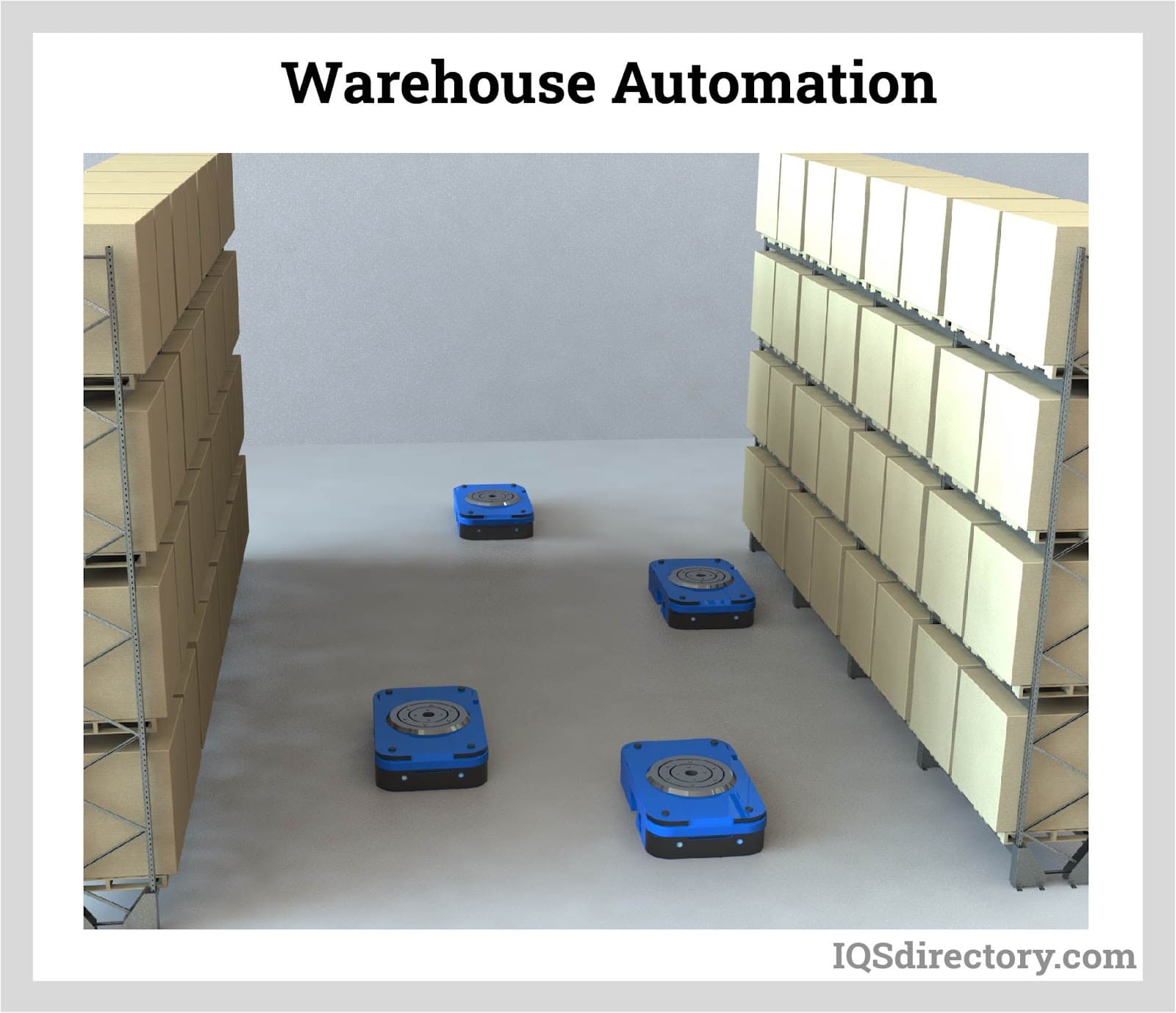
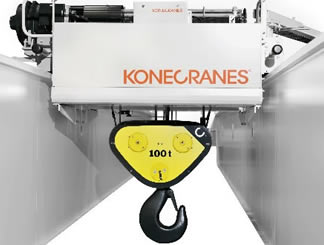 Cranes
Cranes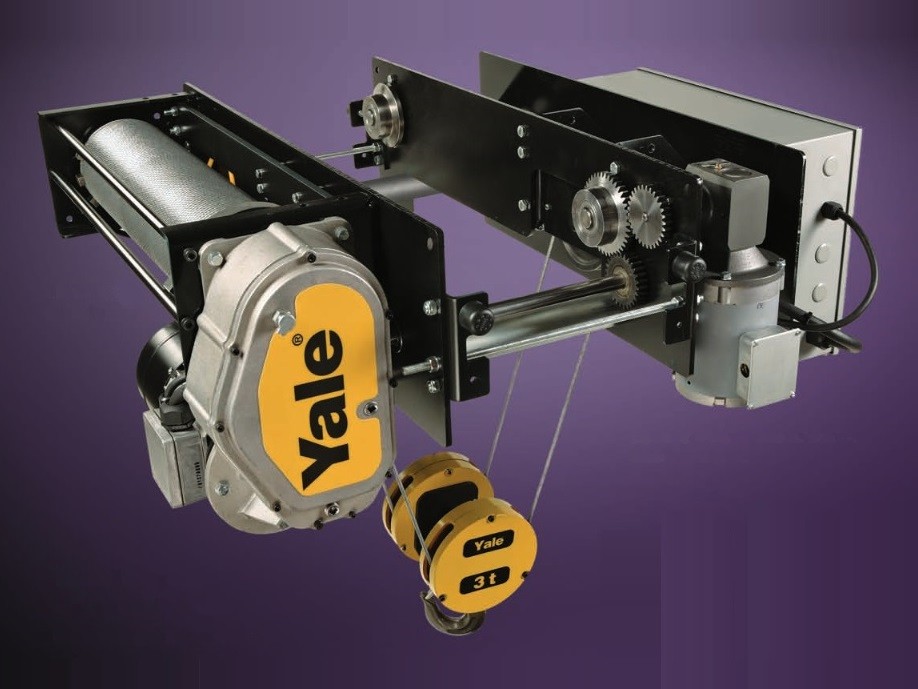 Electric Hoists
Electric Hoists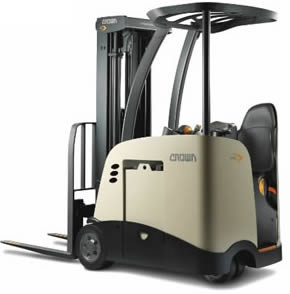 Forklifts
Forklifts Hydraulic Lifts
Hydraulic Lifts Rope
Rope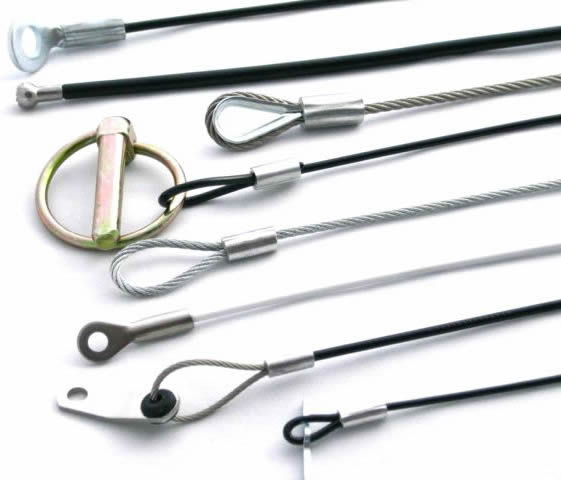 Wire Rope
Wire Rope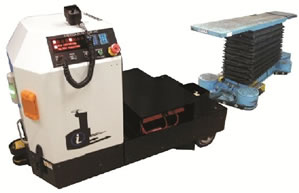 AGV
AGV Air Pollution Control
Air Pollution Control Assembly Machinery
Assembly Machinery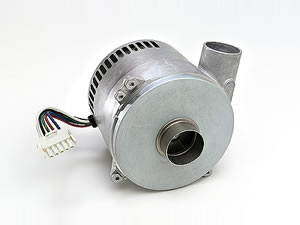 Blowers
Blowers Conveyors
Conveyors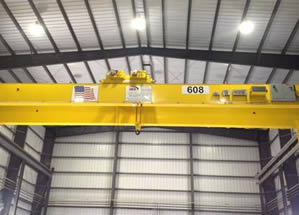 Cranes
Cranes Deburring Machinery
Deburring Machinery Dust Collectors
Dust Collectors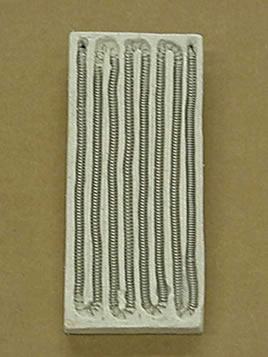 Heaters
Heaters Hose Reels
Hose Reels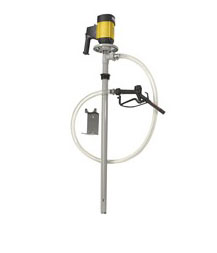 Lubricators
Lubricators Mezzanines
Mezzanines Modular Buildings
Modular Buildings Storage Racks
Storage Racks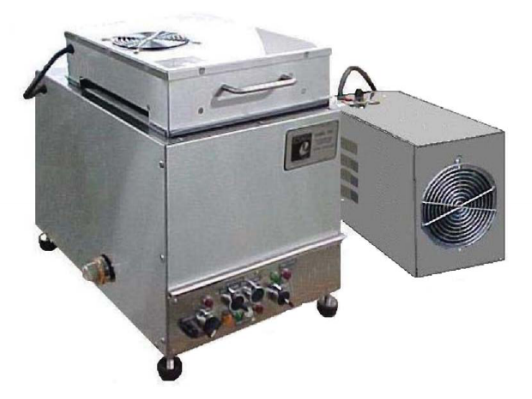 Ultrasonic Cleaners
Ultrasonic Cleaners Work Benches
Work Benches